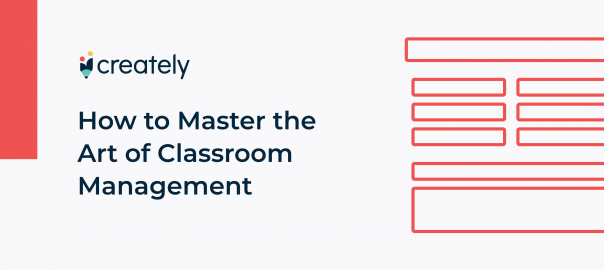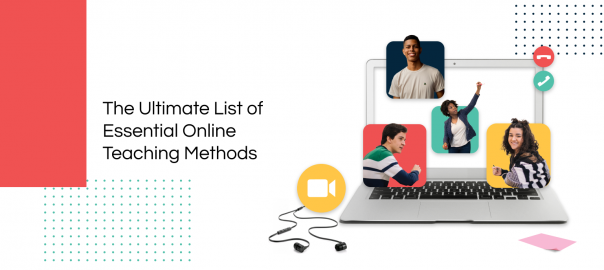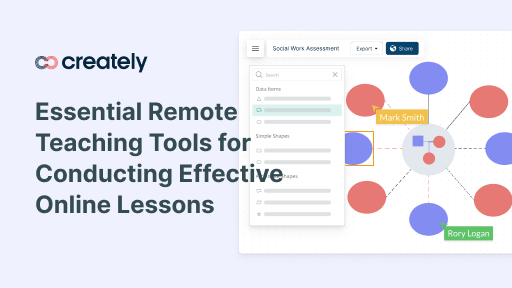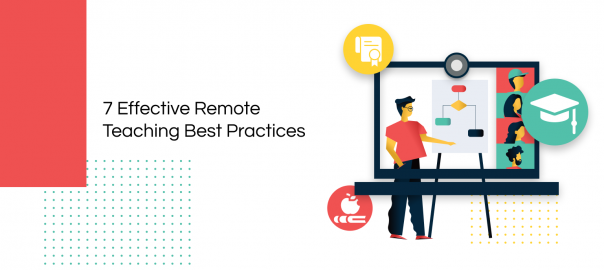One of the very few things in the world that are not subjective is efficacy. Efficacy is measurable and is often looked at in terms of results produced. As an educator, a teacher’s productivity is often assessed in the positive… Read More


One of the very few things in the world that are not subjective is efficacy. Efficacy is measurable and is often looked at in terms of results produced. As an educator, a teacher’s productivity is often assessed in the positive… Read More

Traditional forms of teaching around the world are changing rapidly with the advancement of technology. Even in physical classrooms, technology has taken on a bigger role, changing how lessons are delivered and received. While there are numerous teaching methods, most… Read More

The sudden transition to remote teaching has left many teachers, as well as students, faced with various challenges, from not having access to the internet to finding the proper tools to overcome the boundaries of online teaching. We have compiled… Read More

According to Unicef, approximately 91% of the world’s enrolled students were affected when schools across continents closed down to help end the spread of COVID-19. Governments and Stakeholders of the education sector have been actively engaged in discovering ways to implement… Read More